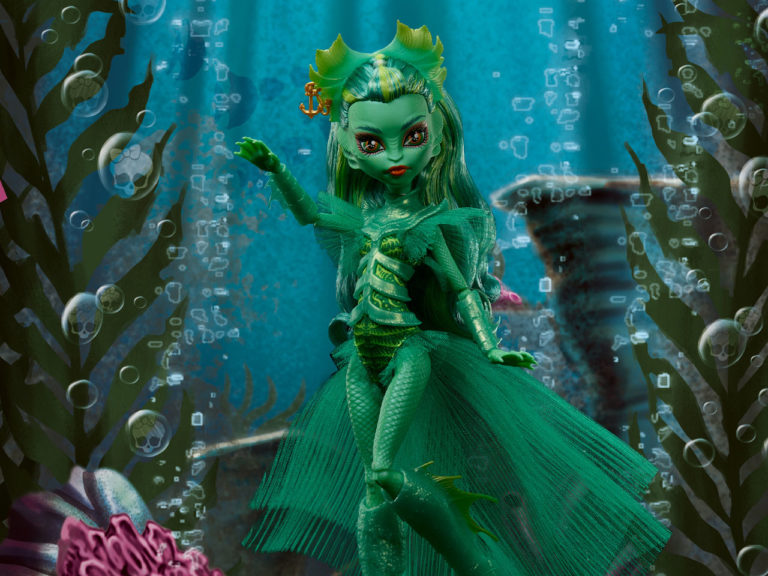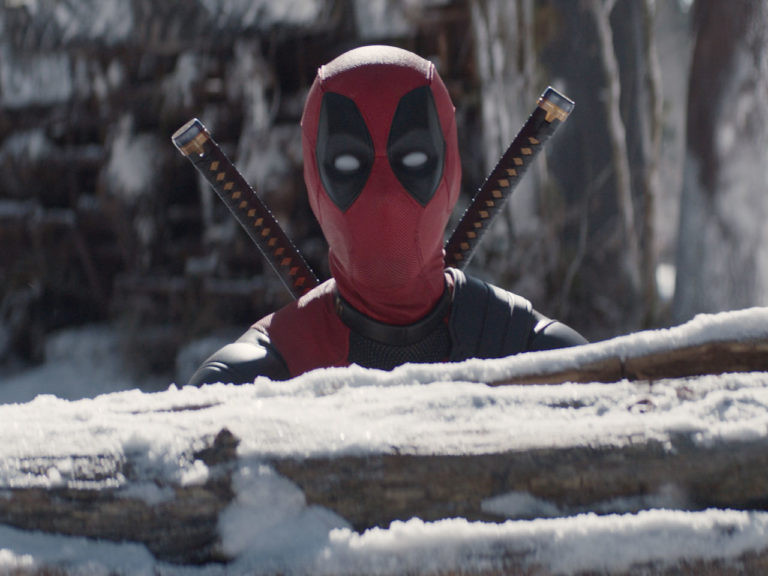
When discussing great Batman comics, we often focus on particular storylines or creative teams. But what about the times in Batman’s history where no matter which title you picked up off the newsstands, you’re almost guaranteed to get some quality Batman content? The times when different creative teams worked on different books to different ends, but it all resulted in amazing Batman comics across the board, month in and month out? This week, for the thrilling conclusion, we’ll take a look at one of the craziest, strangest, yet most consistently excellent periods of Batman comics.

The Morrison Years: 2006-2011
This was a hard era to come up with a name for, because it’s also essentially a “Post-Crisis” time in Batman’s history, but this time coming out of Infinite Crisis rather than Crisis on Infinite Earths. Given that Grant Morrison was the grand architect of Batman during this time, though, and there were characters and story ideas introduced here that are still major parts of the Batman mythos almost two decades later, dubbing it “the Morrison Era” fits.
And right from the get-go in Batman #655, it all starts with a bang.
Literally. Joker is shot in the face. It’s wild, man.
Just looking at Batman, you have the introduction of Damian Wayne, the Black Glove’s deconstruction of Batman through R.I.P., the rise of the Batmen of All Nations and, eventually, Batman, Inc., all leading to Bruce Wayne’s death in the pages of Final Crisis which itself led to Dick Grayson and Damian Wayne taking on the respective mantles of Batman and Robin. It’s a lot of story, endlessly ambitious and impeccably told by Morrison and artists like Tony Daniel, Frank Quitely, Andy Kubert, and David Finch.

While I know that Morrison can be an acquired taste, there’s no denying that everything introduced and touched upon during this run tied together and paid off in the end. After all, it’s Grant Morrison who has said that you can do whatever you want in a story as long as you put the toys back in the box. Even concepts that shouldn’t have worked ended up working, and much better than they could (or should) have. I mean, was anyone really clamoring for a Batman and Robin book were Bruce is “dead,” Dick is Batman, and Damian is Robin? Damian, who was designed to be despised, yet ended up being a perfect counterpoint to Dick’s Batman. On paper, it shouldn’t work, but it brought a fresh new perspective and opened up all sorts of fantastic storytelling opportunities.

And that’s just one title, during a time where there was some great stuff going on in the other Batman books that has been kind of overshadowed by Morrison’s presence. Paul Dini’s stint on Detective Comics in particular has only gotten better with time, and he wrote one of the best single issue stories of all time during this era, in Detective Comics #826’s “Slayride.” Joined by Don Kramer, Wayne Faucher, John Kalisz, and Jared K. Fletcher, Dini weaves a simple Christmas tale wherein Robin and the Joker go on a nice, pleasant car ride.
Except for the fact that Robin is hogtied with Christmas lights, there are two dead bodies in the backseat, and the Joker is killing people willy-nilly, of course. Other than that it’s timeless tale of yuletide cheer.
Throughout his entire run on ‘Tec, though, Dini turned in some incredible work, and he and frequent collaborator Dustin Nguyen have in turn become one of the greatest unsung creative teams to ever work on the title.

Speaking of Boys Wonder, before Dick Grayson donned the cape and cowl, Peter Tomasi brought the Nightwing title to a close with an impressive run, tying up his tenure as Nightwing and leading into his time as Batman. Stephanie Brown’s Batgirl series also deserves more love and recognition than it gets. It was a book where Batgirl and Supergirl fought 24 Draculas, after all, so if you’ve never read it, that needs to change and soon.

Then there’s Tim Drake’s turns in Robin and, eventually, Red Robin, which were some of the most consistent titles in DC’s stable from day one, continuing a stream of pretty much non-stop excellence up until the very end. It was a great time to read Drake comics, as we saw him grow as a hero, struggle with the loss of his mentor, and come into his own as a detective and crimefighter with each successive issue. As difficult as it can be to be a fan of Tim now, with so much “start and stop” characterization and uncertainty with how he’s being handled, it’s easy to look back on this era in particular to see just how great a character he can be.
I’d be remiss if I didn’t mention some of the earliest Batman work from some guys named Jock and Scott Snyder, both of whom would go on to make a pretty big mark on the character shortly after this era ends. The Black Mirror still stands as one of the best Batman works of Snyder’s career in particular, and Gates of Gotham was a sort of blueprint for some of the ideas he would introduce in the New 52.
Oh, and there’s also Neil Gaiman and Andy Kubert’s “Whatever Happened to the Caped Crusader?” Still a perfect Batman story, to this day.

“Everyone’s worth it.” That, my friends, is Batman.

Stepping outside of continuity, you have Matt Wagner’s Dark Moon Rising duology, retelling some of the Dark Knight’s earliest tales through a modern lens. Spread across two separate six-part miniseries– Batman and the Monster Men and Batman and the Mad Monk, respectively– Batman’s encounter with Hugo Strange from Batman #1 and his run-in with the Mad Monk from Detective Comics issues #31-32 are given a new spin, nestled somewhere in between Year One and The Man Who Laughs. They’re surprisingly intense, with Wagner’s iconic penciling style belying the heavy and fairly sinister subject matter. While not oppressively grim, the stories don’t pull any punches, and are pitch-perfect takes on the Golden Age Batman.
Really, the five years between the end of Infinite Crisis and the launch of the New 52 had some of the richest Batman stories of all time, full of crazy ideas, bold changes, and consistently great storytelling. Even with some minor hiccups (yeah, “The Clown at Midnight” was pretty hard to get through, so thankfully they got that out of the way early on, and “Battle for the Cowl” isn’t exactly amazing, but it’s short and bridged some great stories), this might be my favorite era in regards to what it meant for Batman, if not for the stories themselves. Shame that most of the ideas weren’t able to be fully realized in the long run, but what we got here was plenty great.
ESSENTIAL READING:
- Batman R.I.P.
- Batman & Robin: Batman Reborn
- Nightwing by Peter Tomasi
- The Joker: 80 Years of the Clown Prince of Crime
- Batgirl: Stephanie Brown Vol. 1
- Batman: The Black Mirror
- Batman: Whatever Happened to the Caped Crusader?
There you have it. Four great periods in Batman’s history where practically every comic with the Caped Crusader on the cover was a knockout. Let us know your favorite series, runs, or periods of publication for Batman in the comments below.
And check out the previous entries in the series:
- The Great Eras of Batman Comics: 1969–1981
- The Great Eras of Batman Comics: 1986-1992
- The Great Eras of Batman Comics: 1993-2004
Fun Jug Media, LLC (operating Batman-News.com) has affiliate partnerships with various companies. These do not at any time have any influence on the editorial content of Batman News. Fun Jug Media LLC may earn a commission from these links.


